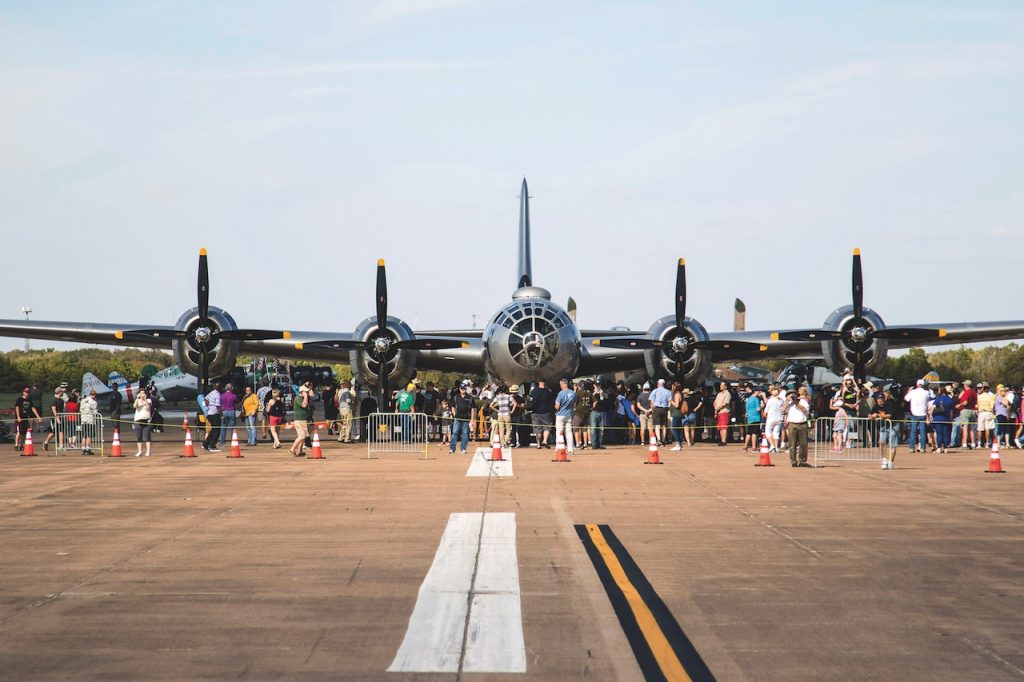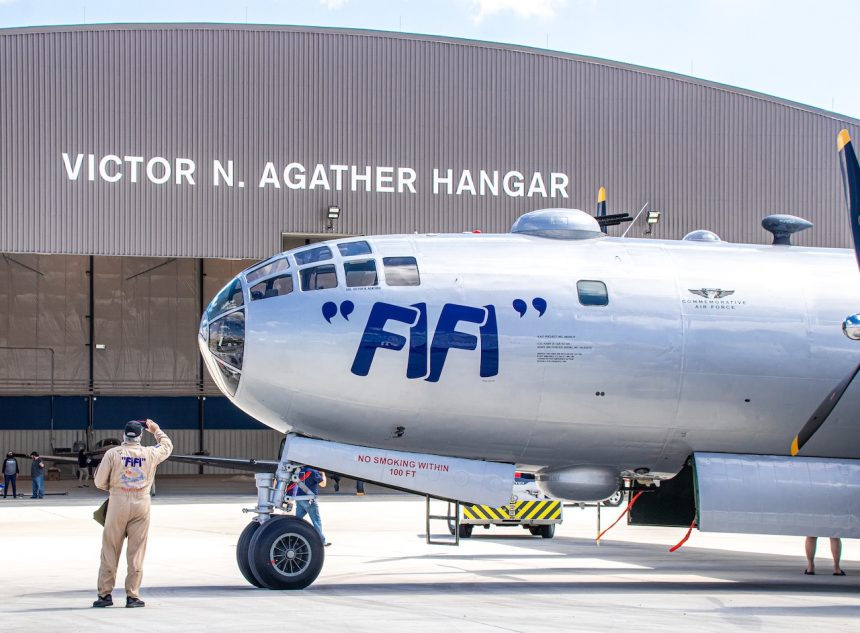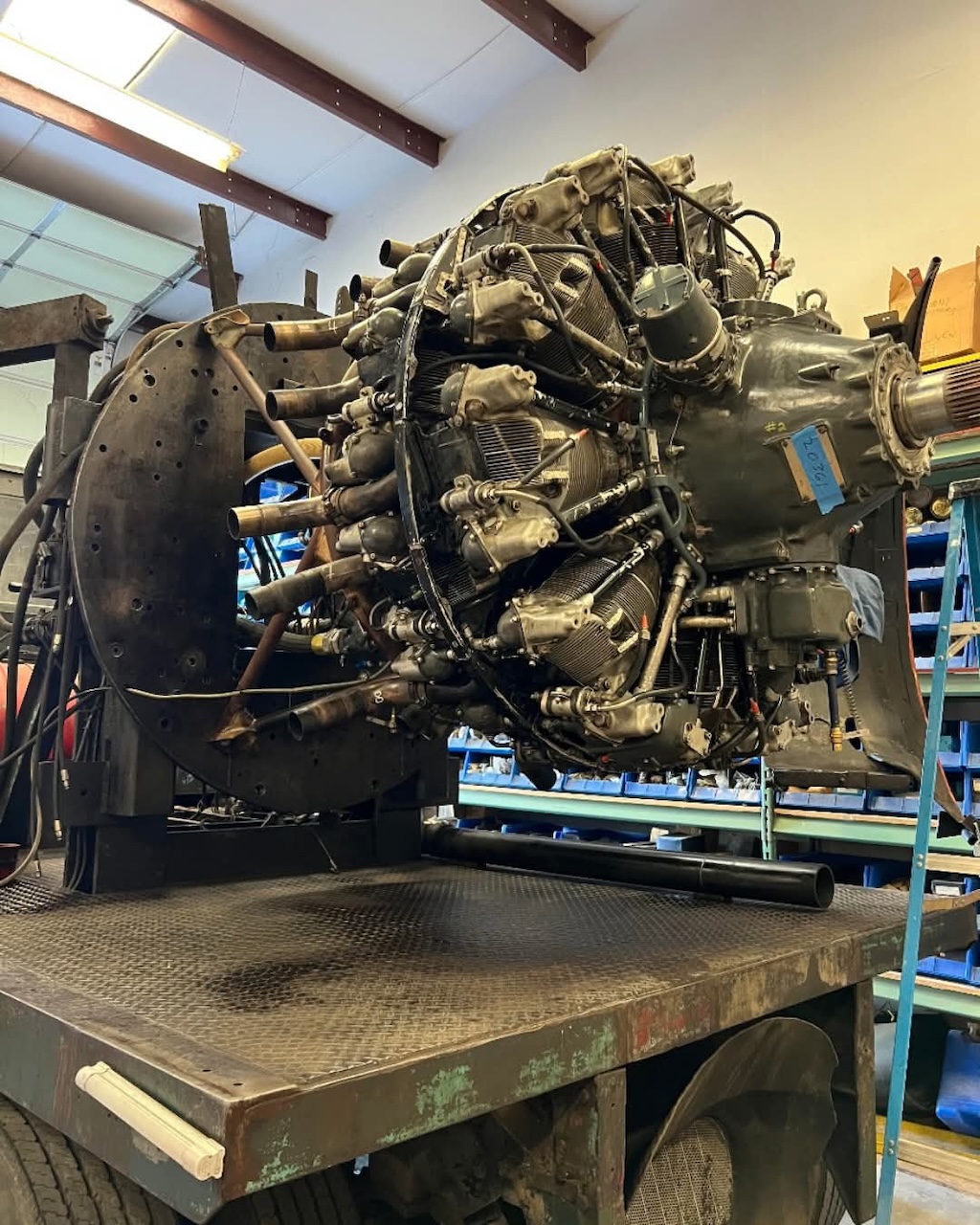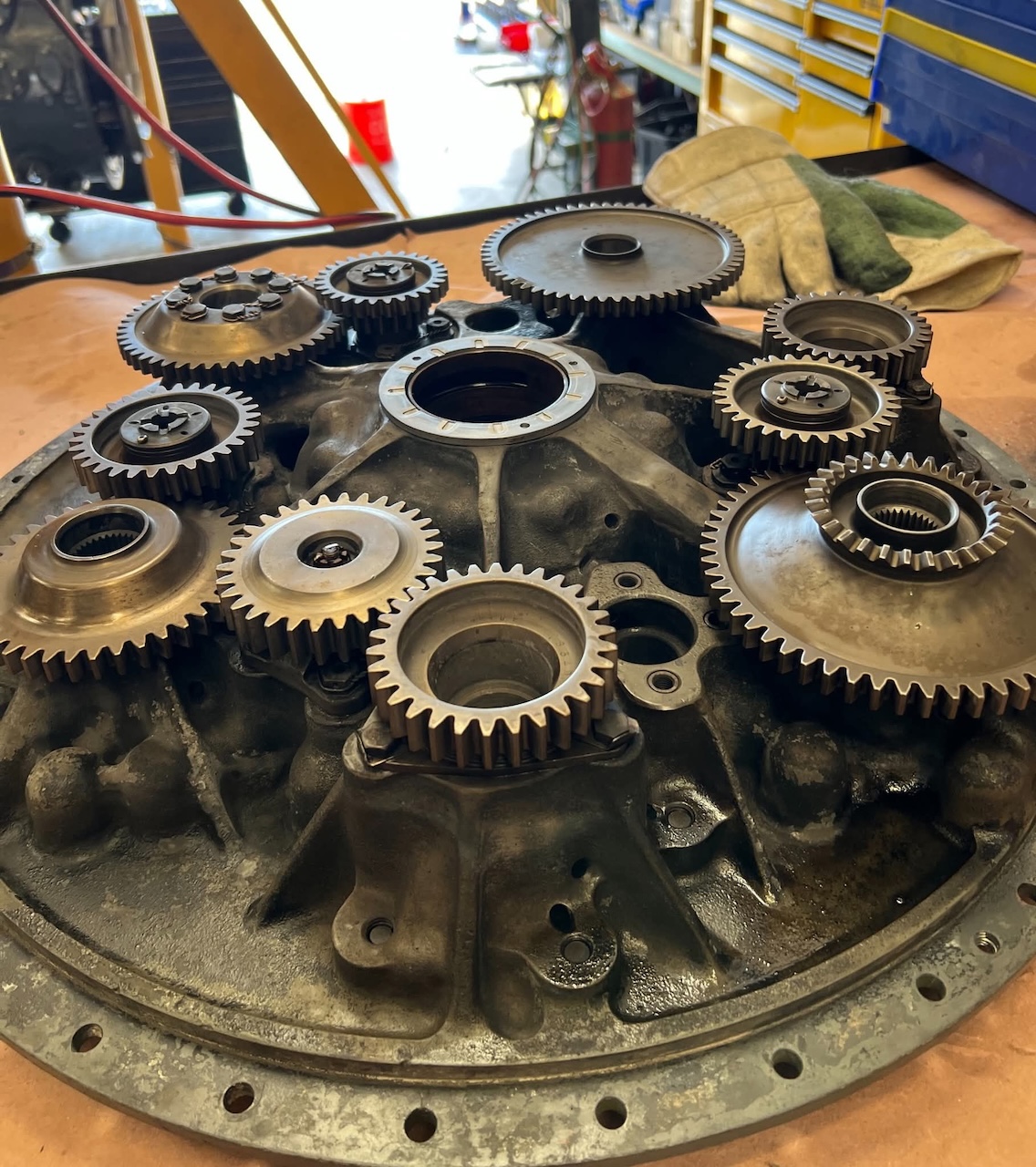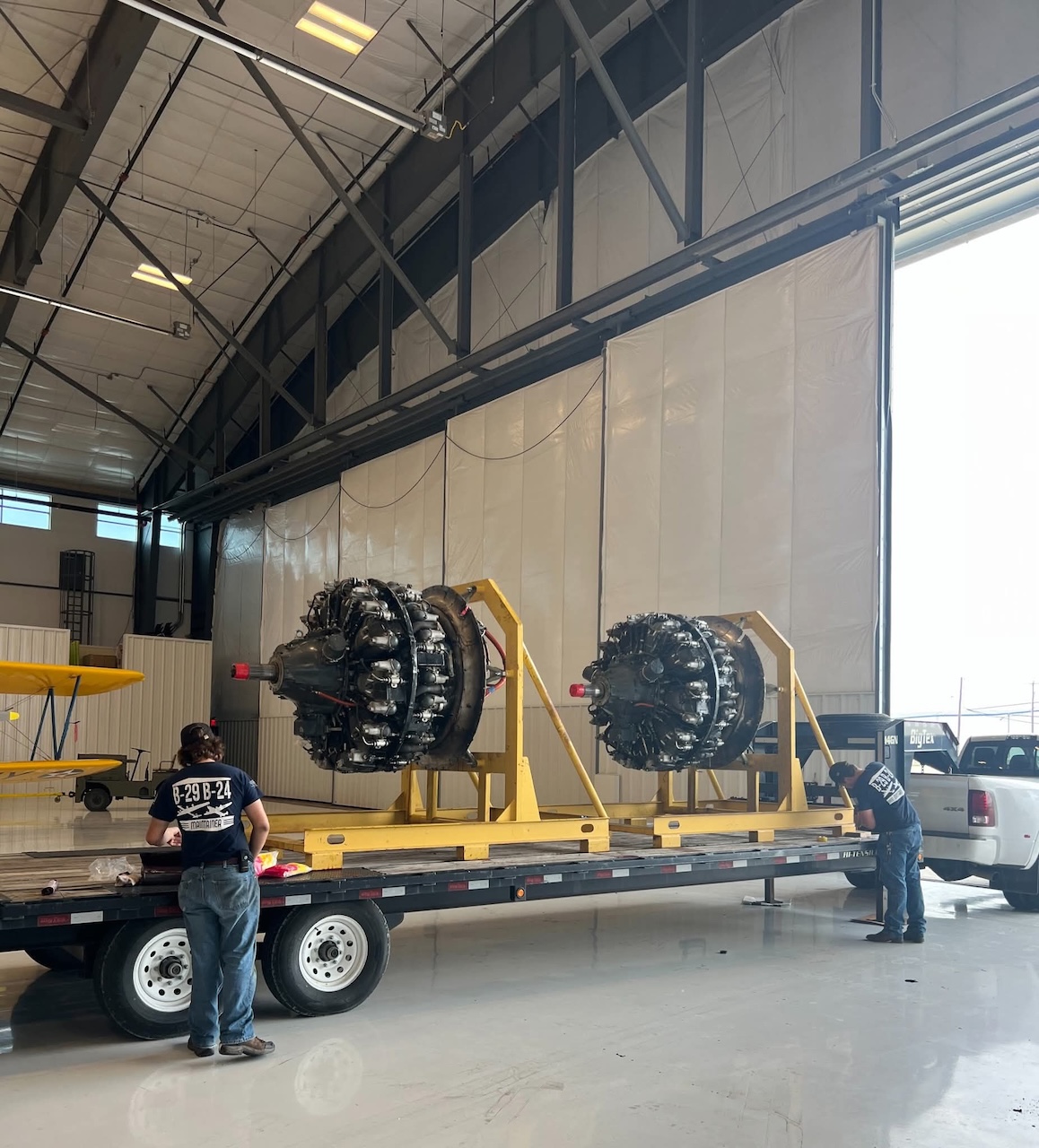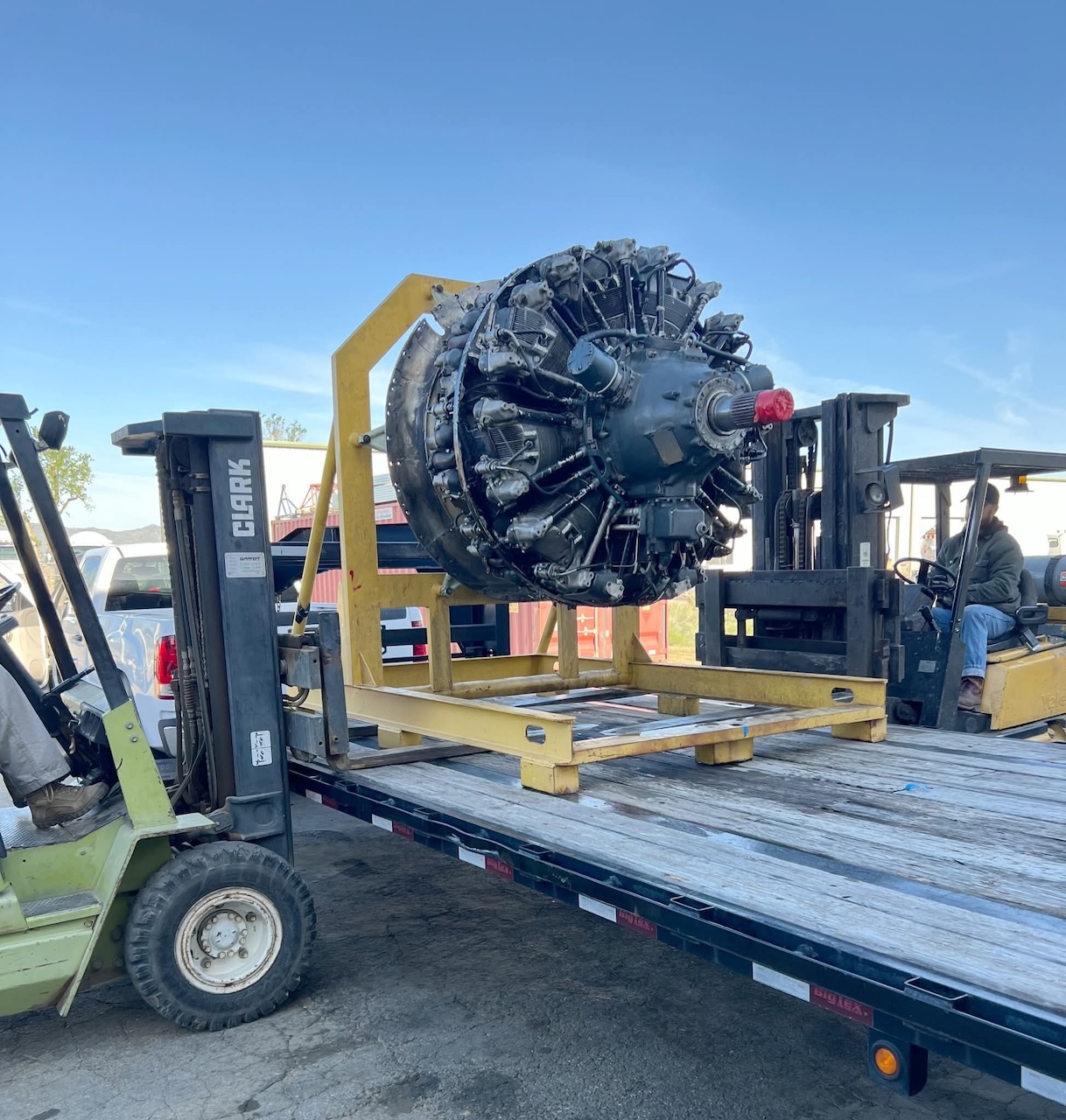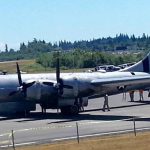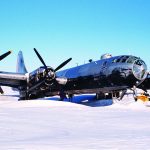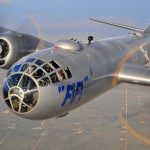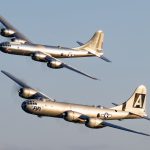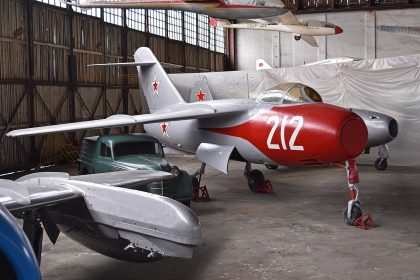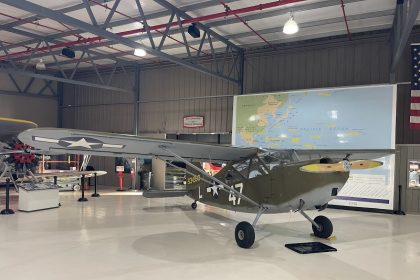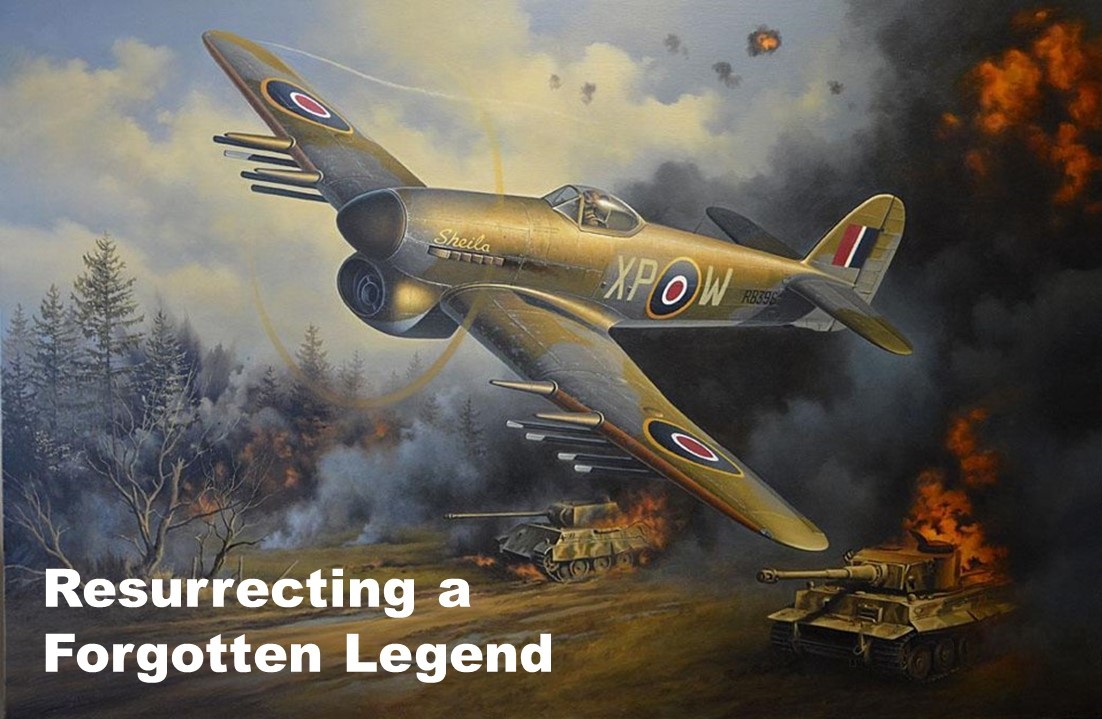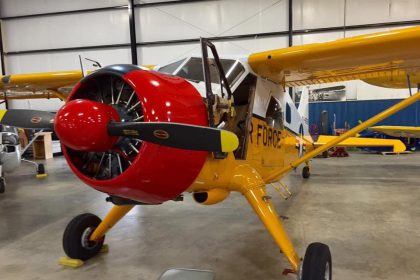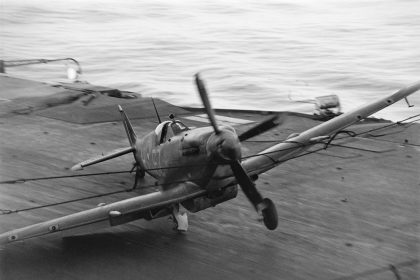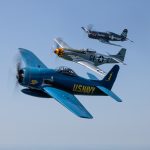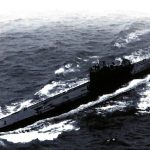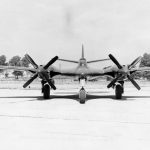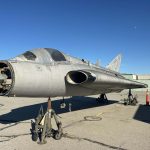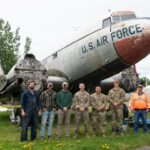The Commemorative Air Force (CAF) today shared an update on the ongoing repairs to FIFI, the iconic B-29 Superfortress. Earlier this year, the CAF announced a delay to the 2025 AirPower History Tour after a critical engine issue was discovered on one of only two B-29s still flying worldwide. FIFI is now undergoing urgent repairs—but her return to the skies depends on continued public support. Behind FIFI’s powerful engines and gleaming silver exterior lies something even stronger: the passion and dedication of countless volunteers. Generations of enthusiasts have devoted their time, expertise, and hard work to preserving this rare warbird. This effort goes beyond maintenance—it’s a commitment to honor history, the veterans who flew her, and the future generations who deserve to experience her roar firsthand. You can support this effort at THIS LINK.
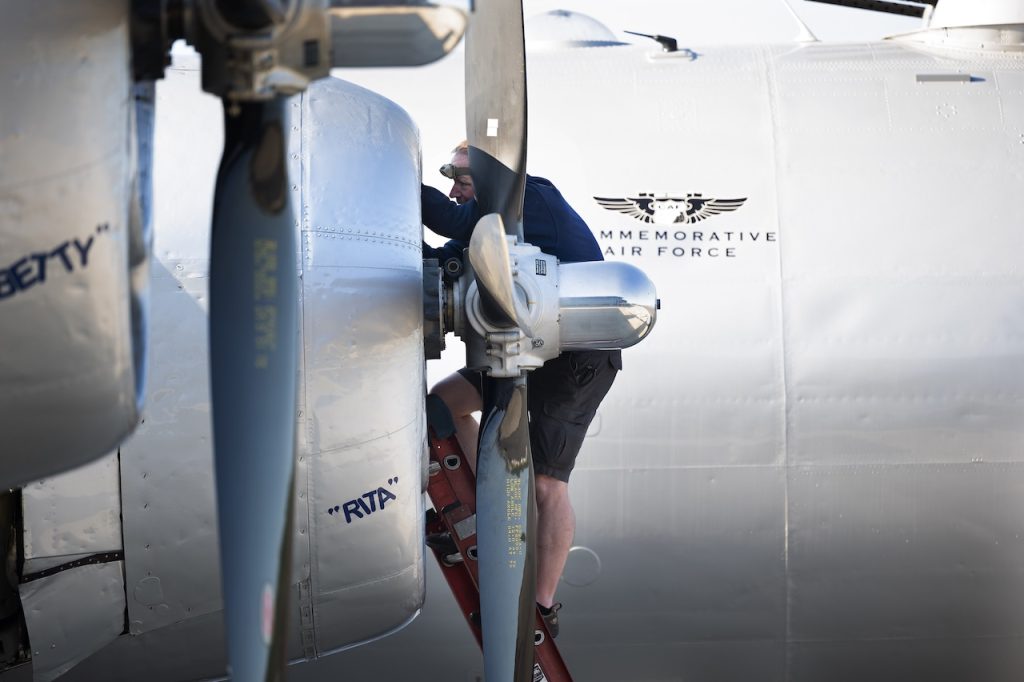
In April, routine pre-flight engine tests revealed a malfunction in the impeller spinner discharge valve, a small yet crucial component of the Curtiss-Wright R-3350 supercharger system. After consulting with specialists, it was determined that engines #2 and #4 needed immediate removal and repair. Thanks to the swift action of the B-29/B-24 Squadron’s maintenance crew, both engines were removed, packed, and shipped to California in just 3.5 days. Repairs are now underway at Vintage Radials, under the guidance of renowned engine expert Mike Nixon. The valve systems are being rebuilt, rigorously tested on a flow bench, and reassembled to exact manufacturer specifications. Each engine will also undergo test runs before being reinstalled on FIFI.
“I’m incredibly proud of our maintenance team and their professionalism,” said Matthew Hood, Maintenance Officer for the B-29/B-24 Squadron. “They treat FIFI with the reverence she deserves. Every inspection and repair reflects deep respect for the aircraft and her legacy. Their care and precision show in all they do.” While FIFI’s grounding is temporary, the financial cost of these repairs is significant. To help cover expenses and ensure a swift return to flight, the CAF has launched a fundraising campaign.
“We deeply appreciate everyone’s patience and support during this process,” said Jeremy Lashbrook, B-29/B-24 Squadron Leader. “Flying an aircraft like FIFI is a huge responsibility that requires time, resources, and unwavering dedication. We couldn’t keep her flying without the passionate support of our fans who believe in preserving the legacy of the Greatest Generation.”
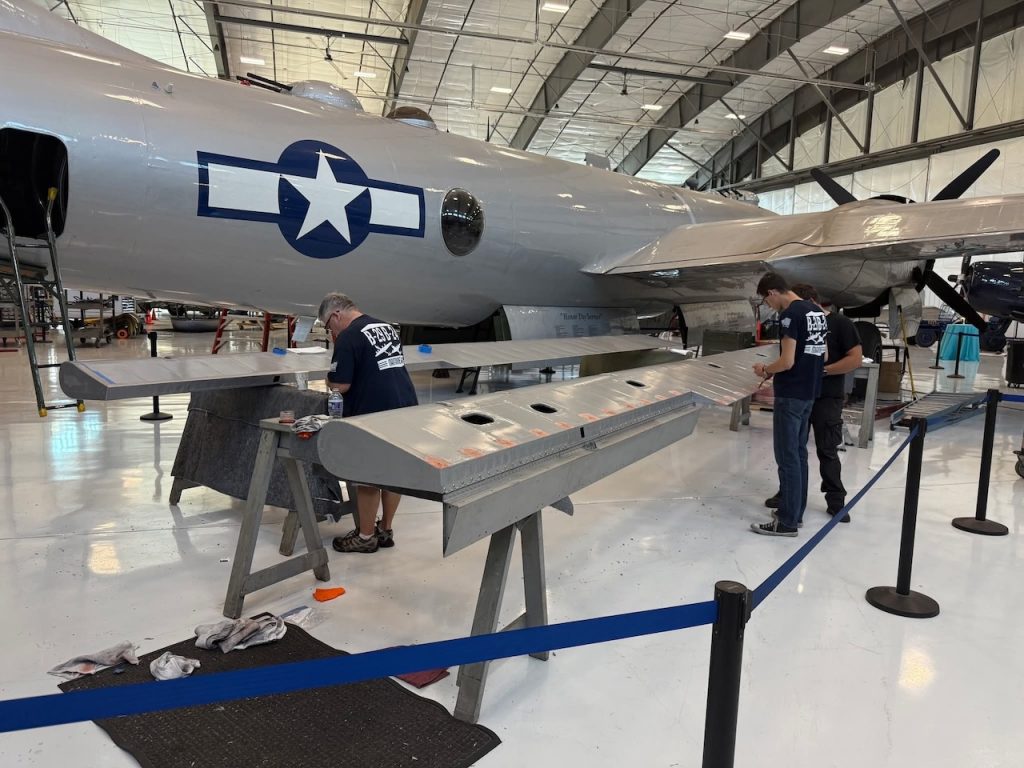
Supporters can contribute and follow FIFI’s restoration progress at https://fundrazr.com/FIFI_Flies?ref=cr_bE9zrf. The CAF will continue sharing regular updates via email and social media. Together, let’s bring FIFI back home—and back into the skies.
